What are 'X' and 'Y' respectively?




The correct Answer is:B
To solve the question, we need to identify the compounds X and Y based on the reactions described in the video transcript.
1. Identify the Reactant:
The reactant is given as CH2=CH-CHO. This is an allylic aldehyde, where we have a double bond (C=C) and an aldehyde group (CHO).
2. Reaction with NaBH4:
- NaBH4 (sodium borohydride) is a selective reducing agent that primarily reduces aldehydes and ketones to their corresponding alcohols without affecting double bonds.
- In this case, the aldehyde group (CHO) will be reduced to a primary alcohol (CH2OH), while the double bond (C=C) remains unchanged.
- Therefore, the product after the reaction with NaBH4 will be CH2=CH-CH2OH.
3. Identify Y:
- The product formed after the reaction with NaBH4 is Y = CH2=CH-CH2OH (an allylic alcohol).
4. Reaction with H2 in the presence of Pt:
- The reaction with H2 in the presence of platinum (Pt) is a hydrogenation reaction. This will reduce both the double bond (C=C) and the aldehyde group (CHO).
- The double bond will be converted to a single bond, and the aldehyde will be reduced to a primary alcohol.
- Therefore, the product after hydrogenation will be CH3-CH2-CH2OH (a straight-chain primary alcohol).
5. Identify X:
- The product formed after the reaction with H2 and Pt is X = CH3-CH2-CH2OH.
6. Final Answer:
- Thus, the values for X and Y are:
- X = CH3-CH2-CH2OH (a primary alcohol)
- Y = CH2=CH-CH2OH (an allylic alcohol)
Conclusion:
X and Y respectively are:
- X = CH3-CH2-CH2OH
- Y = CH2=CH-CH2OH
The reactant is given as CH2=CH-CHO. This is an allylic aldehyde, where we have a double bond (C=C) and an aldehyde group (CHO).
- NaBH4 (sodium borohydride) is a selective reducing agent that primarily reduces aldehydes and ketones to their corresponding alcohols without affecting double bonds.
- In this case, the aldehyde group (CHO) will be reduced to a primary alcohol (CH2OH), while the double bond (C=C) remains unchanged.
- Therefore, the product after the reaction with NaBH4 will be CH2=CH-CH2OH.
- The product formed after the reaction with NaBH4 is Y = CH2=CH-CH2OH (an allylic alcohol).
- The reaction with H2 in the presence of platinum (Pt) is a hydrogenation reaction. This will reduce both the double bond (C=C) and the aldehyde group (CHO).
- The double bond will be converted to a single bond, and the aldehyde will be reduced to a primary alcohol.
- Therefore, the product after hydrogenation will be CH3-CH2-CH2OH (a straight-chain primary alcohol).
- The product formed after the reaction with H2 and Pt is X = CH3-CH2-CH2OH.
- Thus, the values for X and Y are:
- X = CH3-CH2-CH2OH (a primary alcohol)
- Y = CH2=CH-CH2OH (an allylic alcohol)
X and Y respectively are:
- X = CH3-CH2-CH2OH
- Y = CH2=CH-CH2OH
Topper's Solved these Questions
Similar Questions
Knowledge Check
The most stable form of carbon at high temperature is X. The C - C bond length in diamond is Y while C - C bond length is graphite is Z.
What are X,Y and Z respectively?AGraphite 1.42Å,1.54ÅBCoke, 1.54Å,1.84ÅCDiamond, 1.54Å,1.42ÅDFullerene, 1.54Å,1.54Å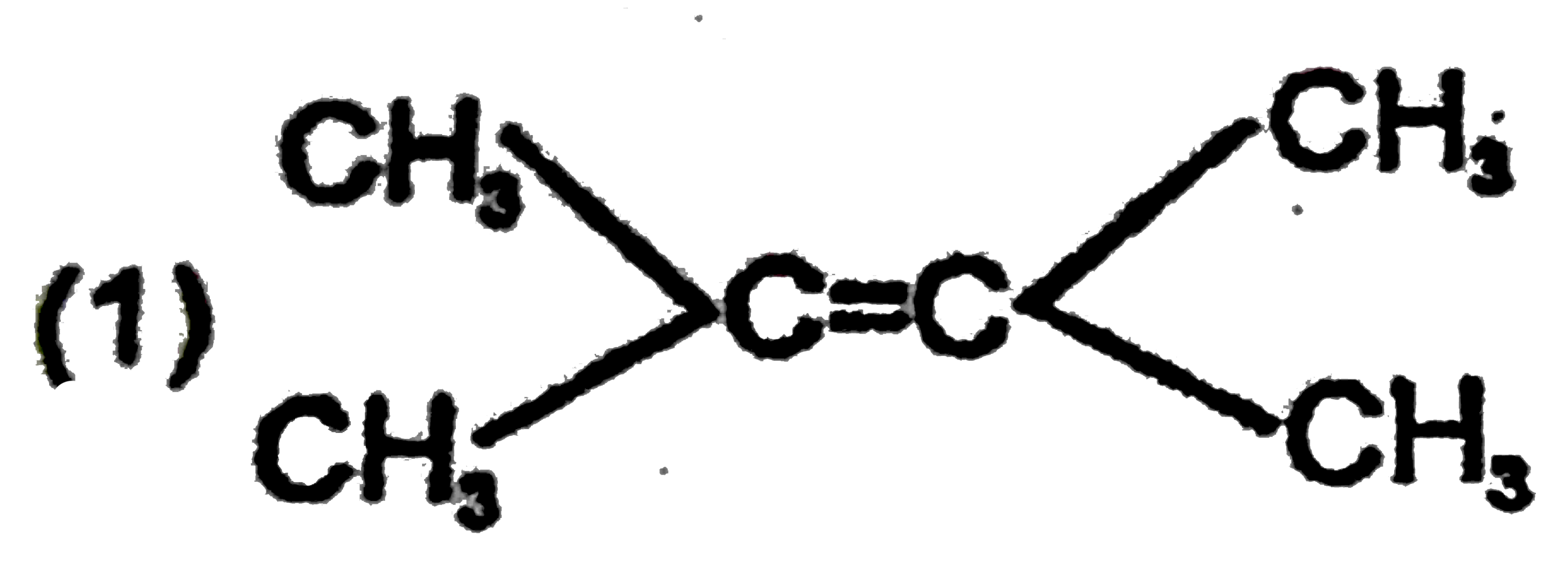
X and Y are respectively :A B
B C
C D
D
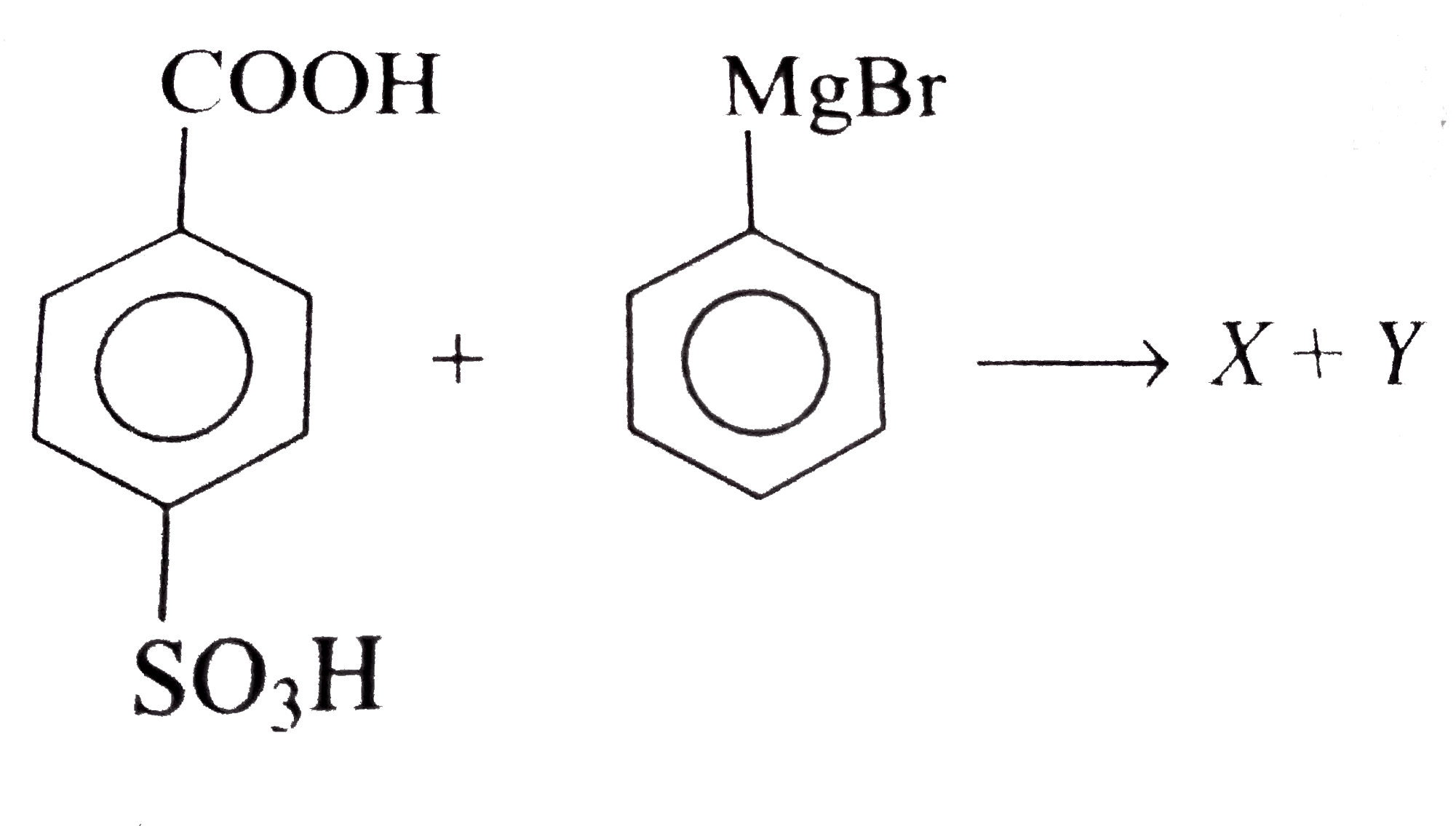 X and Y are respectively :A
X and Y are respectively :A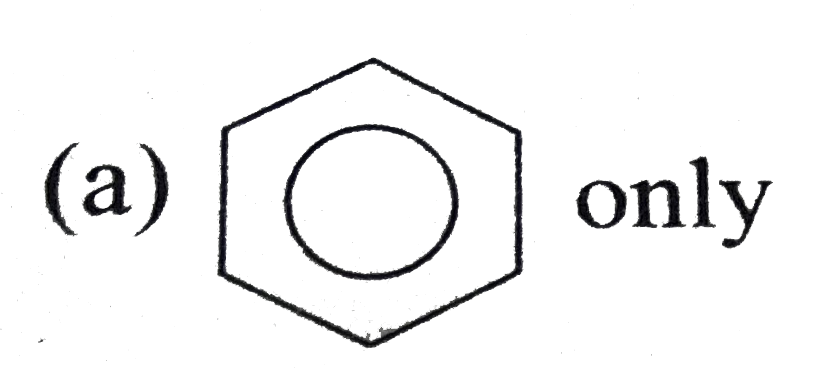 B
B C
C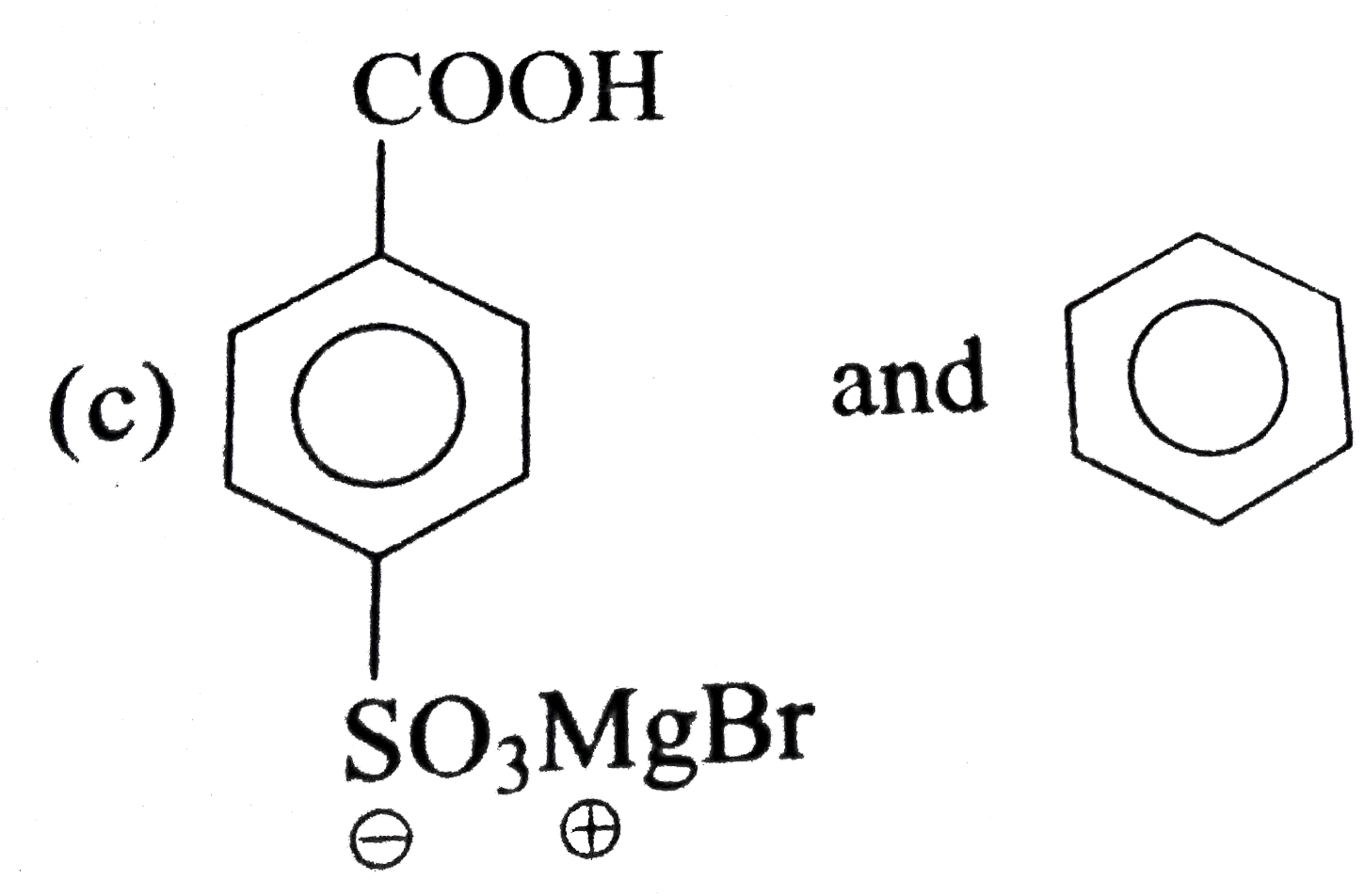 DNone of these
DNone of these
If the number of σandπ bonds in vinyl acetate are x and y respectively. What is the sum of x+y?
View Solution
X and Y are respectively :
View Solution
Polymers 'X' and 'Y' respectively are:
View SolutionConsider two groups of objects X and Y. What could the groups X and Y be respectively?
X-Glass, brick, lump of soil
Y - Hammer, screw, nail
View SolutionIf ⎡⎢⎣x−31y1i02i−i⎤⎥⎦=6+11i, then what are the value of x and y respectively ?
View Solution
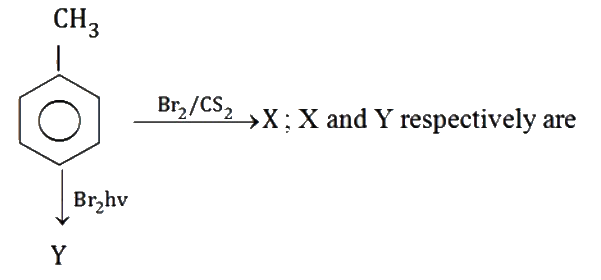 X and Y respectively are
X and Y respectively are 